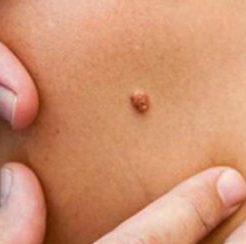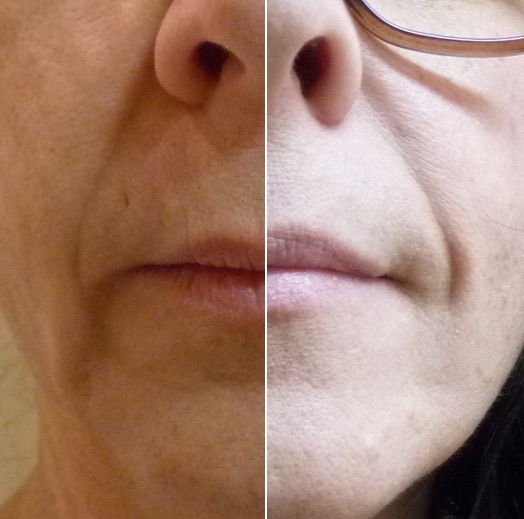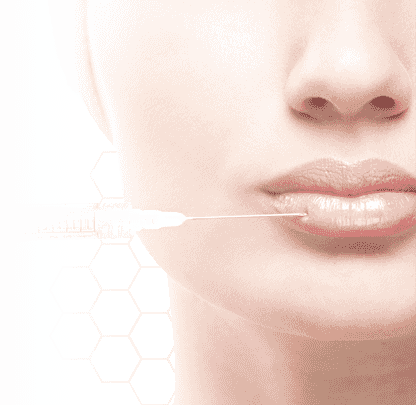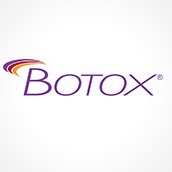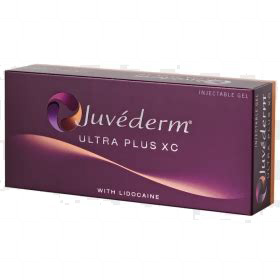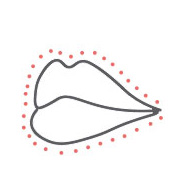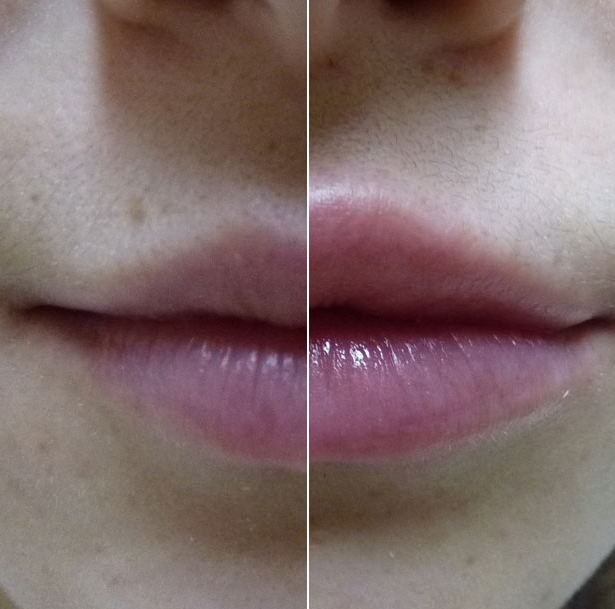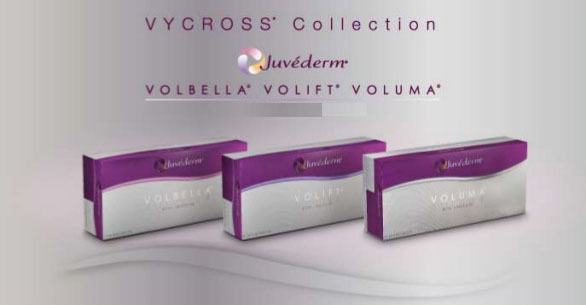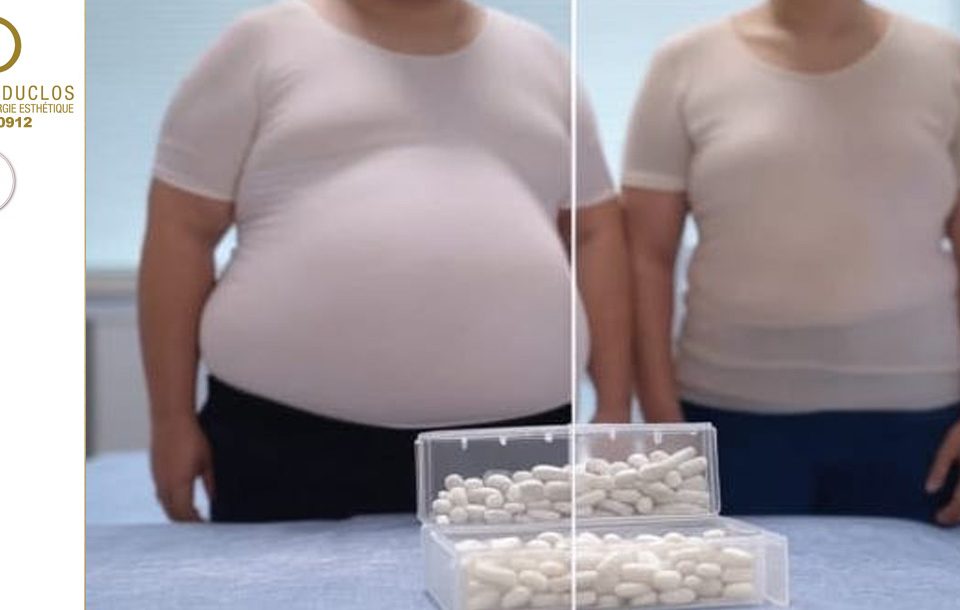
Xtra Cohesive Gel Silicone Breast Implant
3 June 2019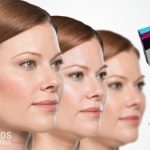
The Volux & Belkyra combination
15 January 2020The Vycross process represents a major step forward in wrinkle filler technology. This innovative method impresses clinicians and patients around the world. Here’s everything you need to know about it. If you resort to methods to rejuvenate facial skin, you have probably already heard of Vycross. This new generation process has become very popular among injection products.
Vycross: revolutionary technology
As we age, our skin loses hyaluronic acid. This is the main reason why the skin becomes dry and decreases in volume. As our skin ages, the contours of the cheeks and lips diminish. Replenishing hyaluronic acid recreates more youthful fullness. It is in this context that skin filler techniques based on hyaluronic acid have enjoyed enormous success.
Those who have already tried this type of method will quickly notice how Vycross fillers help gently fade the signs of aging more effectively than ever before. Most facial fillers are made from hyaluronic acid (HA), a substance naturally found in the body. This substance has an extremely strong ability to retain and attract moisture, even under the skin. This moisture is what gives “volume” to different areas of the skin, generally the face.
The Vycross (VT) process describes the combination of molecular weights in the substance. Until now, most dermal fillers were 100% high molecular weight. VT is different in that it is made from 10% low molecular weight hyaluronic acid. Vycross is a new formulation of hyaluronic acid gel.
How is Vycross technology more advantageous?
In the VYCROSS technological platform, the filler is formulated from a majority of low molecular weight HAs and a minority of high molecular weight HAs (> 1 MDa). This formulation with more effective crosslinking affects the rheology of the product in skin tissues. The optimized homogeneous matrix is smooth rather than granular. This forms a very malleable gel that distributes evenly throughout the treated skin. These attributes result in a versatile product that can be used to both enhance lips and treat fine lines. Finally, the inclusion of primarily low molecular weight HA in the gel and a lower overall amount of HA reduces water absorption from surrounding tissues, thereby reducing gel swelling. This dermal filler also contains a small quantity of non-cross-linked HA, which improves the release of the gel into human tissues and gives the product a low extrusion force
One of the biggest drawbacks that comes with facial fillers is the “unnatural” effect. This is a concern of the past with this new VT process. The liquid in gel form is a smoother substance than previously used. This also means less swelling and less pain during the injection. Additionally, this revolutionary technology produces a longer lasting effect: up to 24 months (most fillers last a year). As a bonus, the fillers also contain the anesthetic, lidocaine, which numbs the injection site, making the process much more pleasant.
The different formulations based on Vycross technology
There are different Juvéderm formulations using the Vycross process. They differ in terms of expected results.
- Volift is intended for the treatment of deep wrinkles and depressions in the skin, in order to improve the contour of the face and lips and restore lost volume. It is injected into the deep dermis or lips.
- Volbella is a filler intended for the treatment of fine lines, medium-sized skin depressions as well as lip enhancement and contouring.
- Volite is used to improve the quality of the skin and promote hydration and elasticity. It offers long-lasting results after just one treatment. It is injected into the neck, décolleté and hands intradermally.
- Voluma helps restore volume to the face, for example the cheeks.


